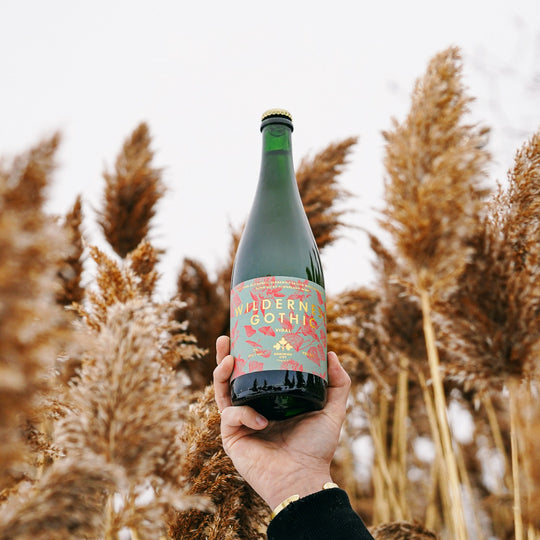icaragua Carbonic Maceration Natural
Reminds us of: apricot cheesecake.
If you love wine (like we do), you’re probably familiar with the term carbonic maceration, referring to the process of sealing bunches of grapes — seeds, stems and all! — in tanks and pumping in additional carbon dioxide.
The idea is to flush oxygen out, increase the tank pressure, enhance the metabolism of the little microbes on the fruit, and reduce any oxidization that could create undesirable flavours. Under these conditions, the plant material (skin, seeds, and stems) infuse the fruit and juices with tannins and other naturally occurring compounds, without the unpleasant taste you might get if you ate all those bits separately.
This process is also used with coffee — but while vintners are quite selective about which strains of yeasts get to feast on their grapes, coffee farmers trust their local population of microorganisms to carry out the important work of fermentation. These native bacteria and yeasts are often considered a key part of a coffee’s terroir, part of what makes each lot unique and exciting.
Carbonic maceration coffees are known for their intensely boozy flavour profiles and notes of cooked fruit — think jammy raspberry coulis, or in the case of The Best Thing For Me, a sweet, almost winey apricot compote with a creamy lactic finish...
Dessert in coffee form.



